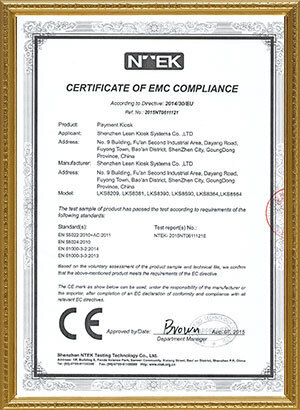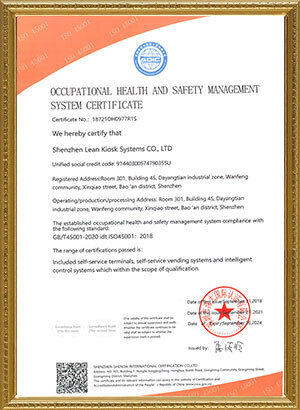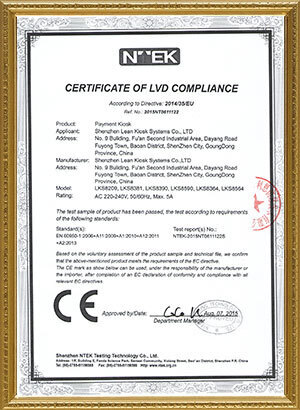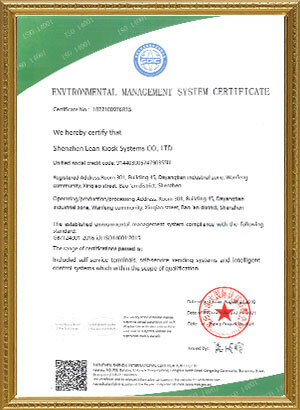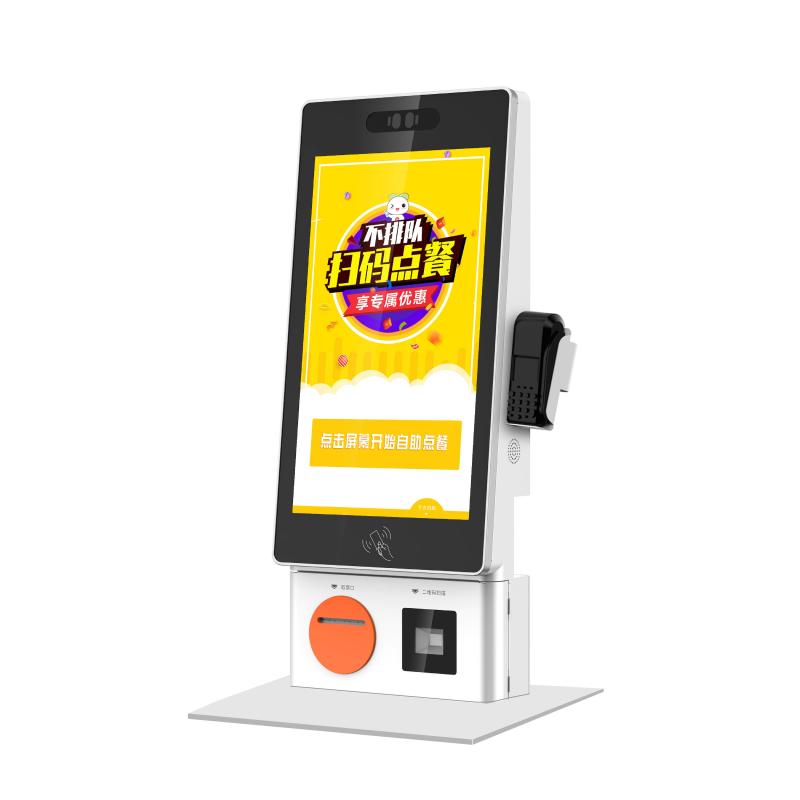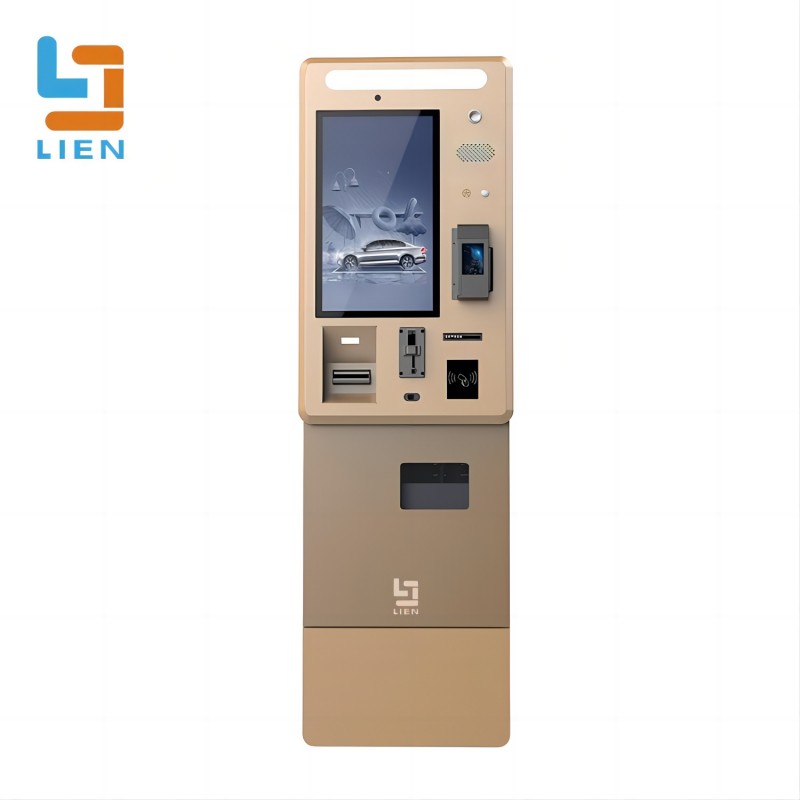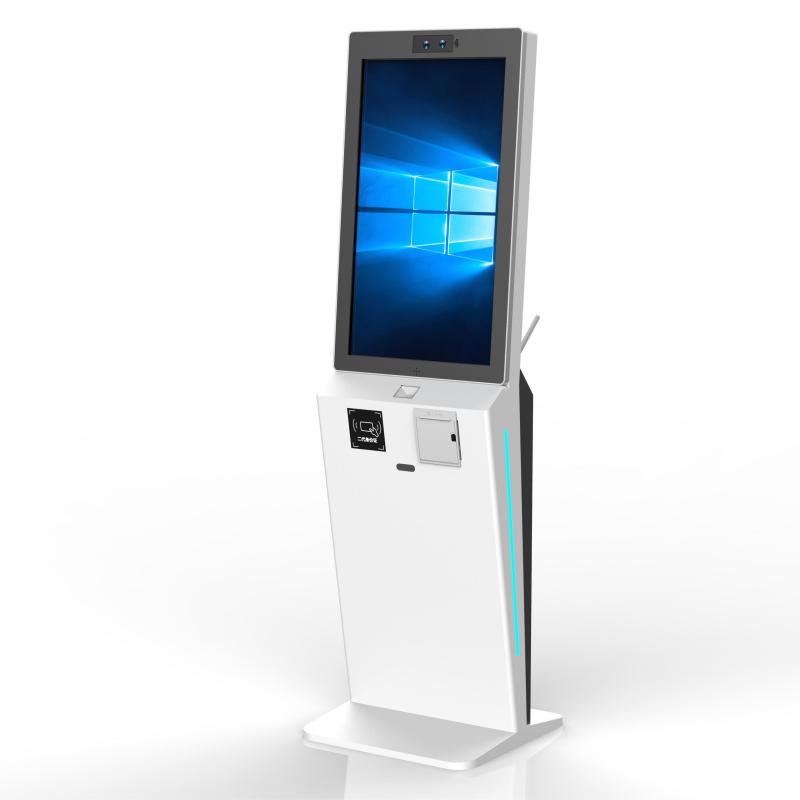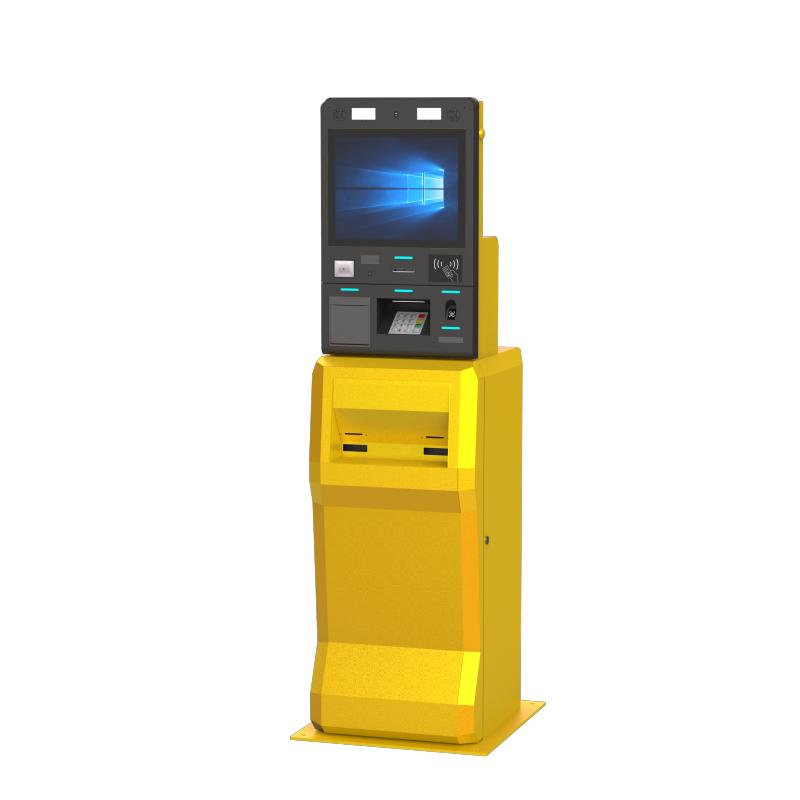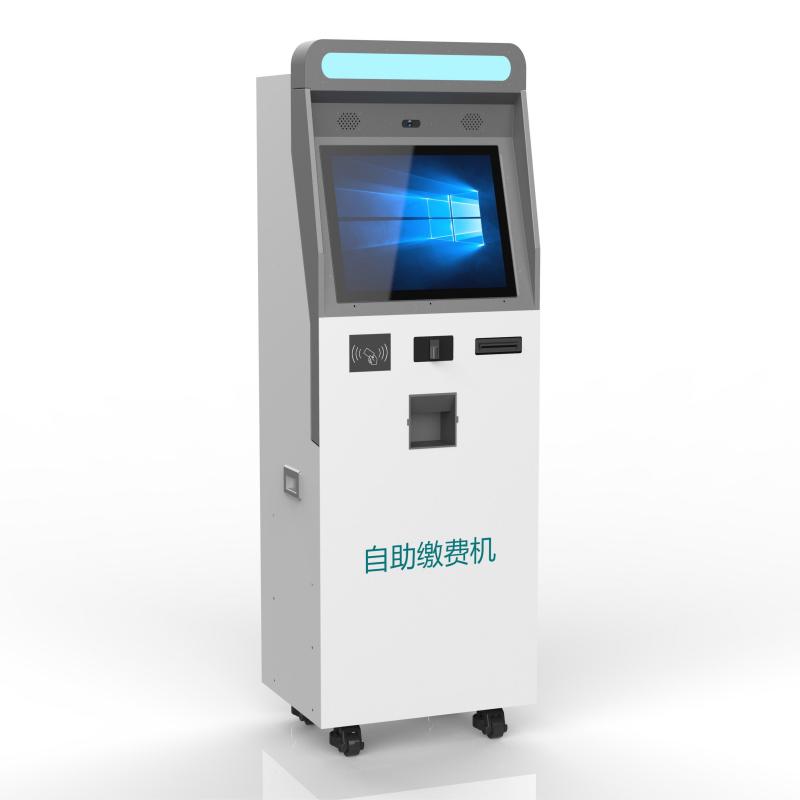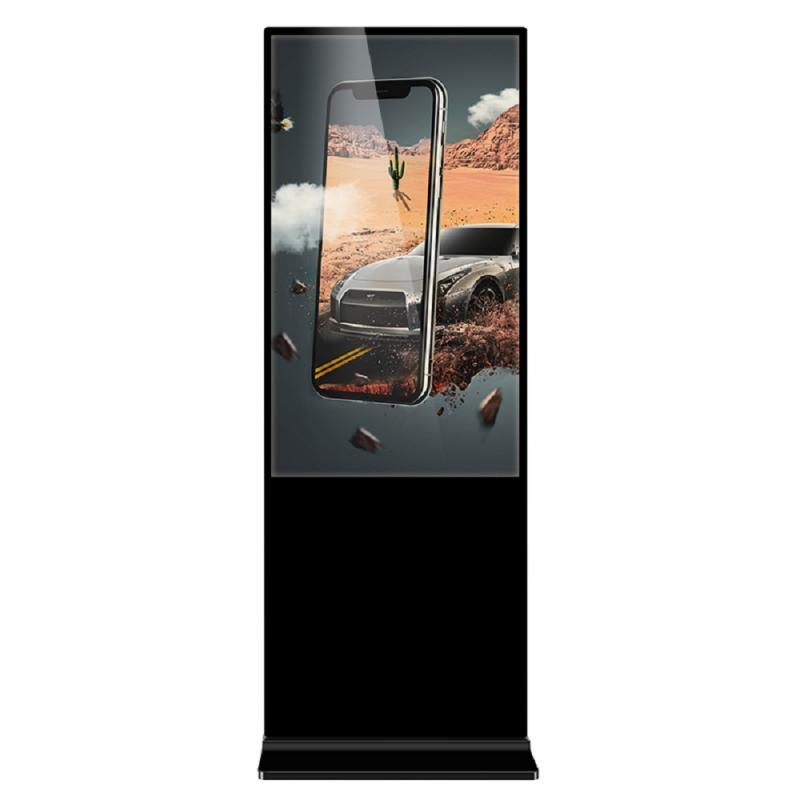






—— Bill from America
—— Jack from United Kingdom
—— James from Russia
—— Mike from America
—— James from Iran
—— James from America
An information kiosk touch screen is an interactive display integrated into an information kiosk, a self-service terminal designed to provide users with access to information. These touch screens allow users to interact directly with the kiosk by touching icons, buttons, or menus displayed on the screen, making it easy to search for and retrieve information. Information kiosks are commonly used in public spaces such as shopping malls, airports, museums, libraries, and hospitals.
1. Interactive Interface: Offers an intuitive and user-friendly interface for users to navigate and find the information they need, such as maps, directories, schedules, or educational content.
2. Touch Sensitivity: Equipped with touch sensors that accurately detect user input, allowing for smooth and responsive interaction through gestures like tapping and swiping.
3. High-Resolution Display: Provides clear, crisp visuals with high-resolution graphics and text, enhancing the user experience by making information easy to read and understand.
4. Durability: Constructed to withstand frequent use and potential physical stress, often featuring robust materials like tempered glass and sturdy enclosures.
5. Customizability: Allows for tailored interfaces to meet specific informational needs, including branding, language options, and specialized content.
6. Integration Capabilities: Compatible with various software and systems to provide up-to-date and relevant information, such as real-time data feeds, event schedules, or wayfinding systems.
7. Accessibility: Designed to be accessible to all users, including those with disabilities, with features like adjustable text size, audio instructions, and compatibility with assistive technologies.
8. Connectivity: Provides reliable connectivity options, such as Wi-Fi, Ethernet, or cellular networks, to support real-time updates and remote management.
9. Content Management: Features tools for easy content updates and management, allowing operators to ensure that the information provided is current and accurate.
10. Engagement: Often includes interactive elements like quizzes, videos, or virtual tours to engage users and enhance their experience.
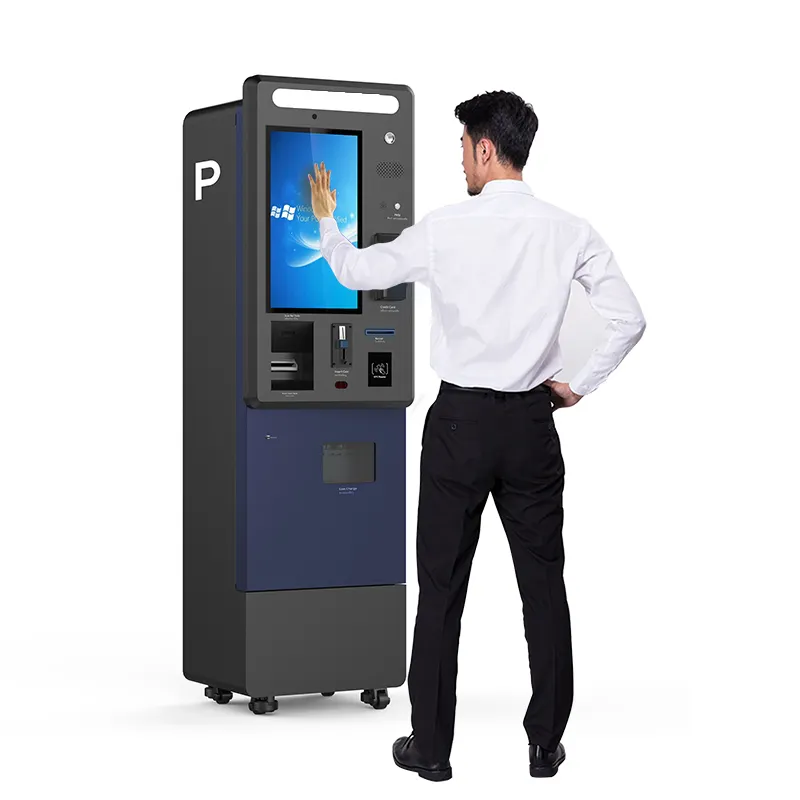
- Improved Customer Experience : Provides an engaging and efficient way for users to access information or complete transactions.
- Cost Savings : Reduces labor costs and can lead to increased sales through targeted promotions and easy access to product information.
Customization
1. Branding and Visual Design:
- Branded Interface: Customize the user interface (UI) with logos, color schemes, and typography that align with the organization's brand identity.
- Themed Templates: Use themed templates for different seasons, promotions, or events to maintain a consistent brand image.
2. Content Management:
- Dynamic Content: Display dynamic content such as videos, animations, and interactive elements to engage users and convey messages effectively.
- Content Scheduling: Schedule content updates and promotions based on time of day, day of week, or specific events.
3. User Interface (UI) Design:
- Intuitive Navigation: Design intuitive menus and navigation paths that guide users through the desired actions or information retrieval process.
- Touch Optimization: Optimize touch sensitivity and responsiveness to ensure smooth interaction with the touch screen interface.
4.Language and Accessibility:
- Multilingual Support: Provide language options to accommodate diverse user demographics and ensure accessibility for non-native speakers.
- Accessibility Features: Implement features such as adjustable font sizes, audio outputs, and tactile feedback to cater to users with disabilities.
5. Security Features:
- Secure Transactions: Implement encryption and secure protocols to protect user data during transactions and interactions.
- Physical Security: Enhance physical security with vandal-resistant enclosures, anti-tamper mechanisms, and surveillance systems for outdoor installations.
6. Hardware Configuration:
- Screen Size and Type: Select appropriate screen sizes and types (e.g., LCD, LED) based on visibility requirements and environmental conditions.
- Peripheral Integration: Add peripherals such as barcode scanners, RFID readers, printers, and cameras to extend functionality and support specific use cases.
7. Location-Specific Adaptations:
- Environmental Resilience: Customize kiosk enclosures and hardware to withstand specific environmental factors such as temperature extremes, humidity, and sunlight exposure.
Address: No. 99-15, Fuan intelligent manufacturing Industrial Park, Dayang Road, Fuhai Street, Baoan District, Shenzhen, China


